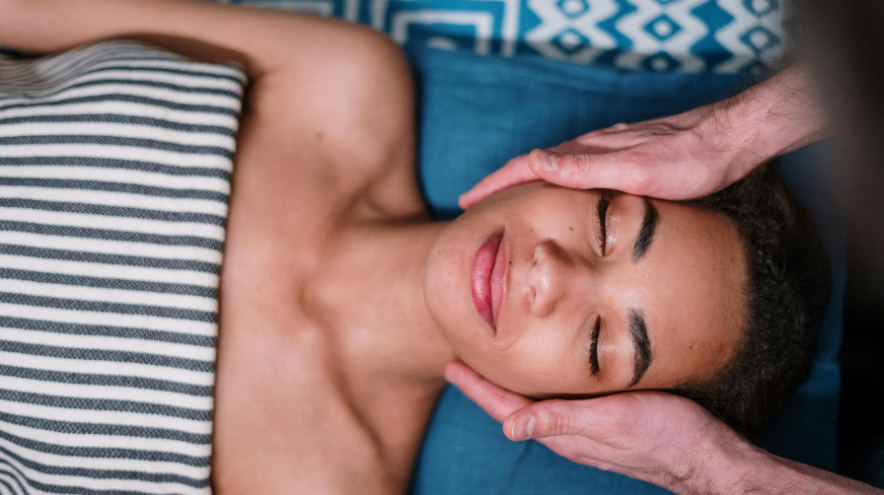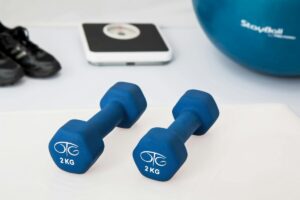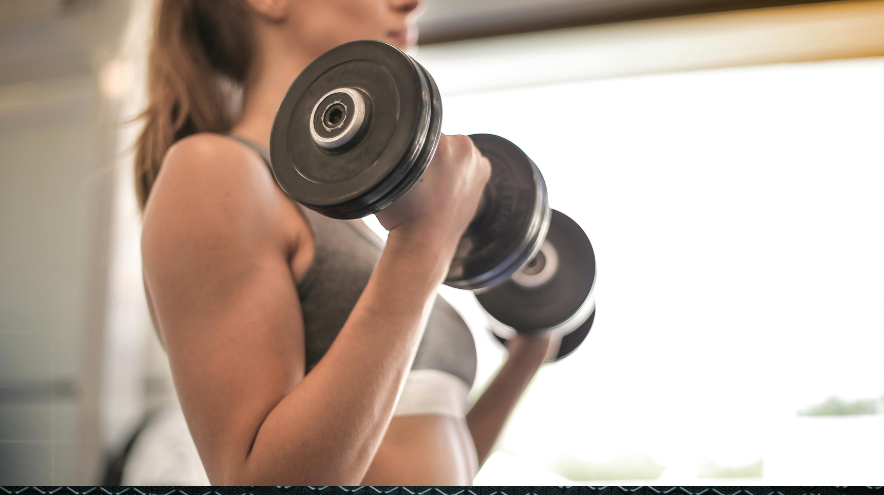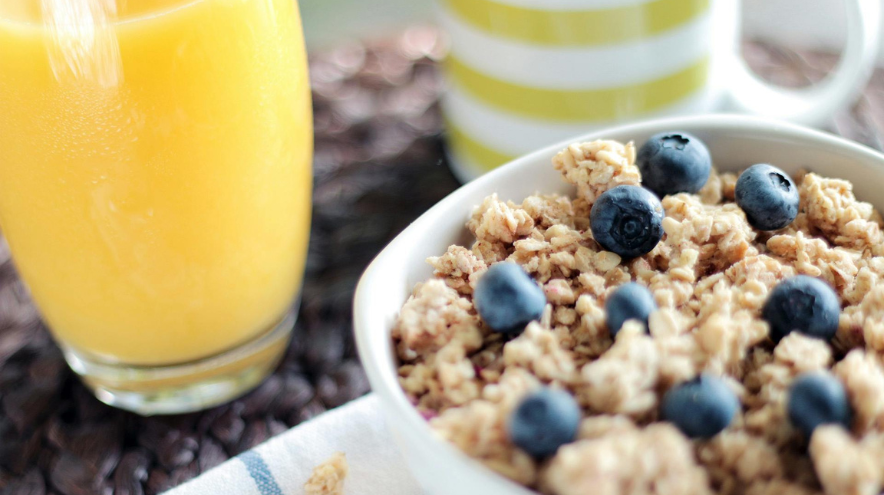Elite Sleep Tips for Peak Efficiency

In the fast-paced world of elite performers, **sleep is not a luxury; it’s a necessity**. Quality rest fuels productivity, enhances cognitive function, and sharpens decision-making abilities. Neuroscience reveals that optimizing sleep can significantly boost efficiency, making it a critical component of any high-achiever’s routine.
This article promises to provide you with practical tips grounded in the latest research. From understanding sleep architecture to mastering light exposure, you’ll discover actionable strategies that can transform restless nights into powerful tools for success. Get ready to unlock your potential and wake up smarter tomorrow.
Understanding Sleep Architecture
affiliate link
Explanation of Sleep Cycles and Their Importance
Sleep cycles are crucial for quality rest, typically lasting about 90 minutes. Each cycle comprises different stages: light sleep, deep sleep, and REM (Rapid Eye Movement) sleep. Completing multiple cycles each night is vital for overall health, as disruptions can lead to poor mood and cognitive performance.
Impact of 90-Minute Sleep Cycles on Performance
Research shows that adhering to 90-minute sleep cycles can enhance cognitive and physical performance. A study found that participants who took 90-minute naps experienced reduced fatigue and improved reaction times, highlighting the benefits of structured napping strategies during night shifts.
How Elite Performers Utilize Sleep Architecture
Elite athletes leverage their understanding of sleep architecture to optimize performance. For example, basketball players and swimmers who extended their sleep duration noted improvements in sprint times and overall mood. By prioritizing quality sleep and strategic napping, they effectively enhance recovery and maintain peak performance.

affiliate link
Mastering Light Exposure
Light plays a critical role in regulating our circadian rhythms, which dictate our natural sleep-wake cycles. Exposure to natural light during the day enhances alertness and helps reinforce these rhythms, promoting better sleep quality at night. Conversely, artificial light, particularly blue light from screens, can disrupt these patterns and lead to difficulties in falling asleep.
To optimize light exposure during the day, aim for natural sunlight, especially in the morning. This practice can significantly improve sleep quality. Additionally, dim your indoor lights as bedtime approaches to protect melatonin production, which is essential for restful sleep.
Elite performers often implement specific techniques to manage light exposure. They maintain a clear pre-sleep routine that includes reducing screen time and transitioning to darker environments. Installing blackout curtains or using sleep masks can further enhance a dark sleep environment, ensuring improved sleep duration.
| Source of Light | Effect on Sleep |
|---|---|
| Natural Light | Enhances mood, regulates circadian rhythms |
| Artificial Light (Blue Light) | Disrupts sleep patterns, decreases melatonin production |
| Dimming Lights | Promotes sleepiness, supports melatonin levels |
Caffeine Cut-Offs for Better Sleep
Caffeine is a double-edged sword. While it can enhance alertness and performance, it also negatively impacts sleep quality. Research indicates that caffeine consumption can lead to increased wakefulness, reduced total sleep time, and impaired sleep architecture. This makes timing critical for those aiming to optimize their sleep.
To minimize the adverse effects of caffeine on sleep, consider the following guidelines:
Best Time for Caffeine Intake: Consume coffee in the morning to avoid interference with sleep.
Timing Before Bed: Stop drinking coffee at least eight hours before bedtime. For instance, if your bedtime is 10 PM, cease caffeine by 2 PM.
Sensitivity to Caffeine: If you’re sensitive to caffeine, you may need to stop even earlier.
Elite athletes often adjust their caffeine habits for better sleep. For example, triathlete Sarah Piampiano notes, “I learned that managing my caffeine intake is essential, especially during training. It helps me stay alert without sacrificing my sleep.” By being mindful of when they consume caffeine, elite performers can enhance their overall efficiency. Caffeine can be beneficial for performance, but it must be managed properly to avoid sleep disturbances.
Creating the Perfect Sleep Environment
affiliate link
A conducive bedroom environment is vital for enhancing sleep quality. The right setup can transform your sleep experience, making it more restorative and beneficial for daily performance. Key factors to consider include:
Temperature: Maintaining a cool room, ideally between 60-67°F (15-19°C), helps regulate body temperature for better sleep. Consider using cooling mattresses or pads to enhance comfort.
Noise: Reducing disturbances is essential for restful sleep. White noise machines or soundproofing techniques can create a quieter environment conducive to slumber.
Comfort: Invest in quality bedding, including supportive mattresses and pillows tailored to your sleeping position. Options like memory foam and latex cater to various preferences.
Simple hacks can significantly enhance your sleep environment. Install blackout curtains to block light and consider using apps like “White Noise” or “Sleep Cycle” for noise control and comfort optimization. By focusing on these elements, you can create a sleep-friendly space that promotes better rest and overall well-being.
Incorporating Micro-Recovery Techniques
Micro-recovery refers to brief, intentional pauses taken throughout the day to reset cognitive and emotional reserves. These short intervals can manage stress and enhance focus, particularly for those in high-pressure roles. The benefits of micro-recovery include stress reduction, improved cognitive function, and prevention of burnout.
High-performing individuals often use various quick recovery techniques. For example, the RICE method (Rest, Ice, Compression, Elevation) helps treat injuries, while light activity, such as walking, can aid recovery between intense tasks. Additionally, practices like meditation and yoga can significantly reduce stress and improve mental clarity.
To integrate micro-recovery into your daily routine, consider the following checklist:
Take micro-breaks of just two minutes for deep breathing or standing stretches.
Incorporate mindfulness practices like focused breathing or gratitude reflections.
Engage in movement breaks to release physical tension.
Implement sensory resets by stepping away from screens.
By adopting these techniques, you can enhance your mental resilience and maintain peak performance.
Frequently Asked Questions on Sleep Optimization
When it comes to optimizing sleep, many individuals have similar questions. Here are some common queries along with expert answers:
Q: How much sleep do I really need? A: Most adults need between 7 to 9 hours of sleep per night for optimal performance. However, individual needs can vary, so it’s essential to listen to your body.
Q: Can napping improve my performance? A: Yes, short naps, ideally around 20 minutes, can boost alertness and cognitive function. They are especially effective when taken in the early afternoon.
Q: What role does light exposure play in sleep? A: Light exposure regulates our circadian rhythms. Aim for natural light during the day and limit blue light exposure from screens at night to improve sleep quality.
Q: Are sleep supplements effective? A: Some individuals find supplements like melatonin helpful for sleep onset. However, it’s best to consult with a healthcare professional before starting any supplement regimen.
Understanding these aspects can significantly enhance your sleep quality and overall efficiency. For more insights on enhancing mental resilience, consider exploring micro-recovery techniques that can complement your sleep optimization efforts.
Conclusion and Action Steps
https://holisticwellnesswave.com/index.php/2025/09/30/3-minute-morning-habits-to-strengthen-your-immune-system/
In summary, optimizing sleep is crucial for maximizing productivity and performance. By understanding sleep architecture, managing light exposure, and incorporating techniques like micro-recovery, you can significantly enhance your cognitive function and resilience. Implementing caffeine cut-offs and creating a conducive sleep environment are also essential steps.
Now is the time to put these tips into action. Experiment with different strategies and find what works best for you. We invite you to share your experiences or ask any questions you may have about sleep optimization.
Take charge of your sleep and unlock your full potential!







